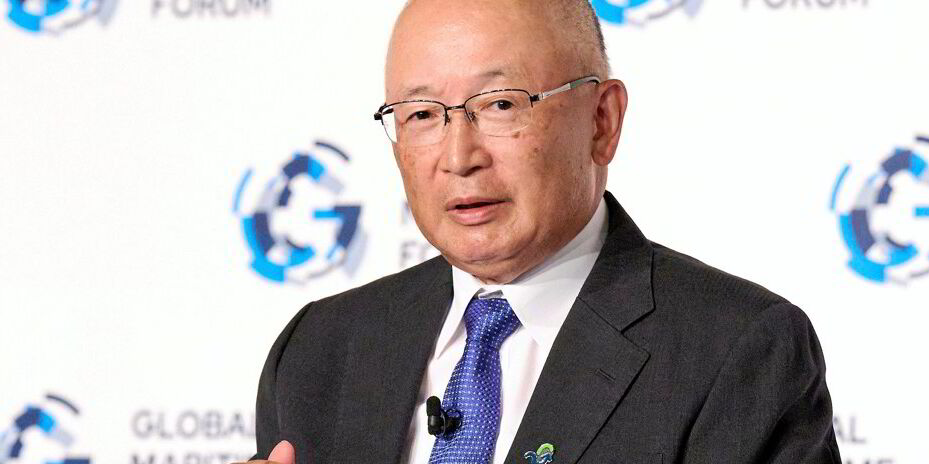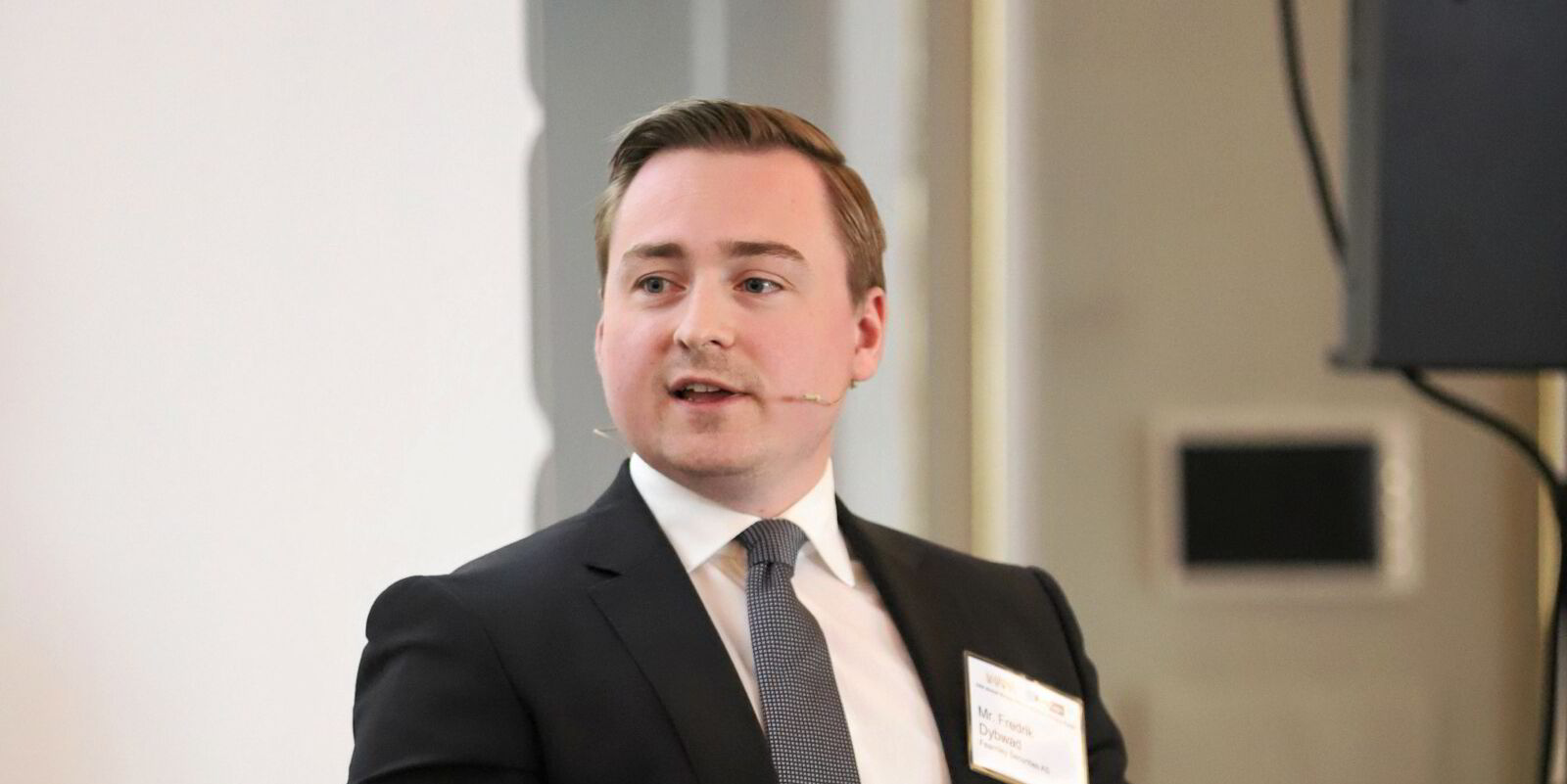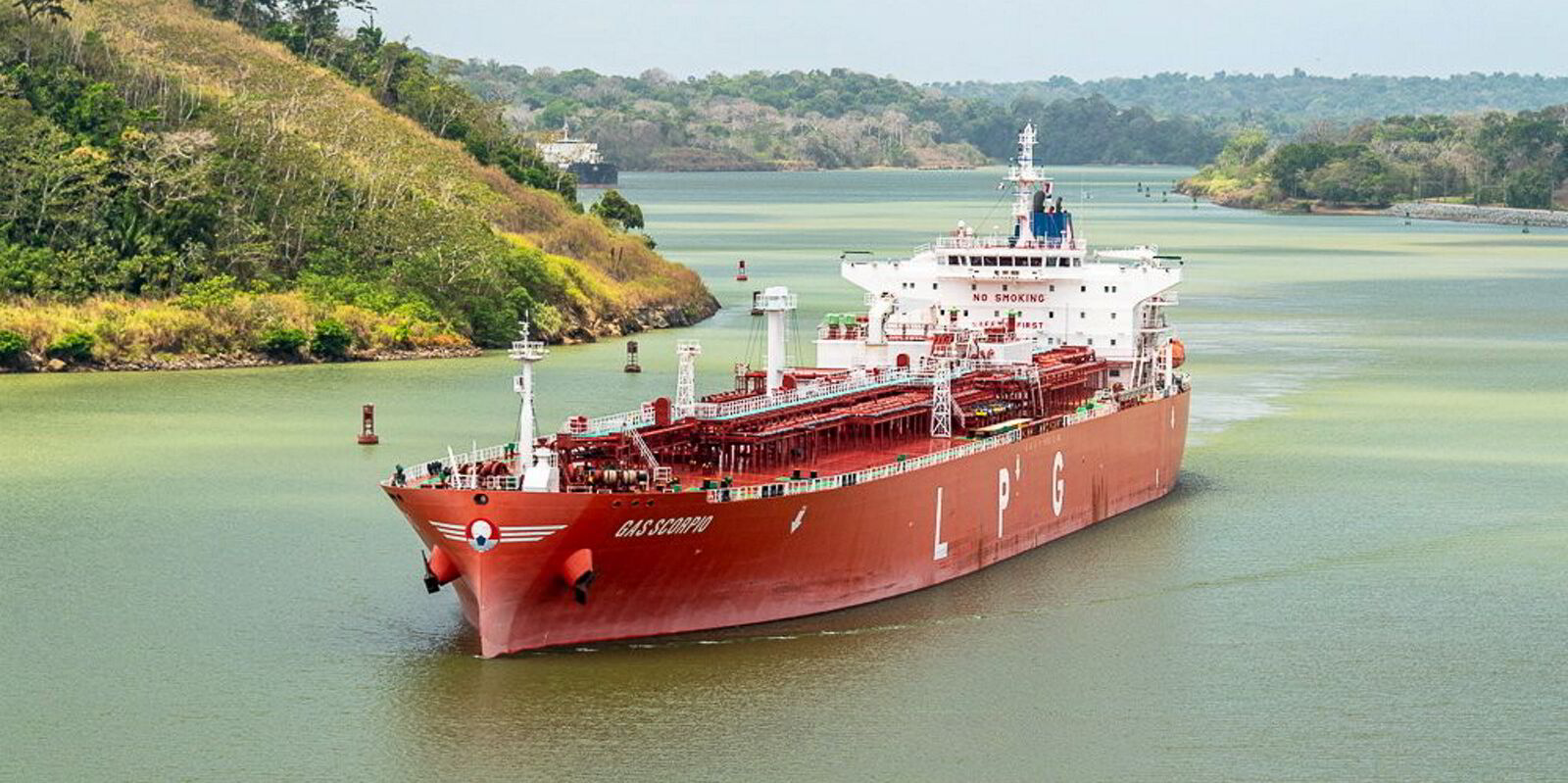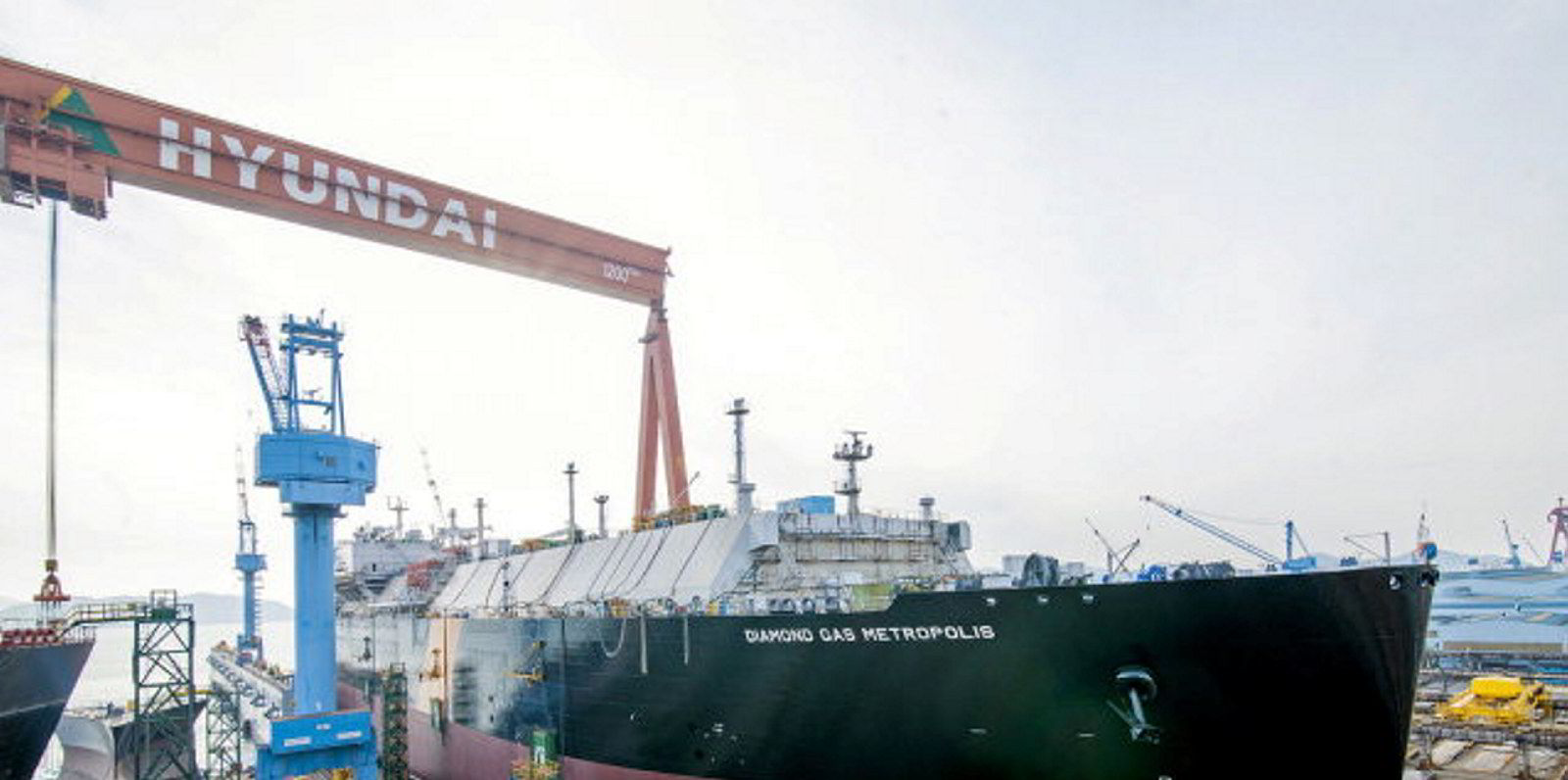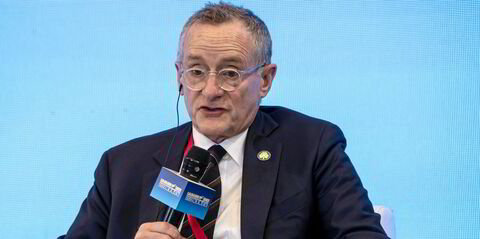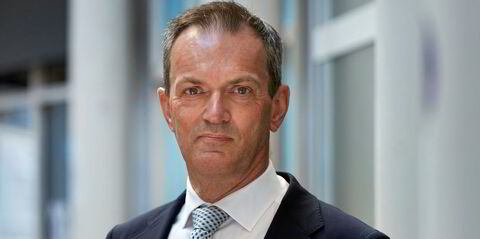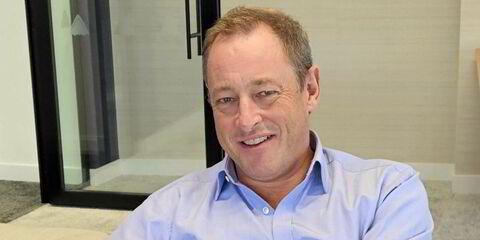Mitsui OSK Lines is plotting a push into VLGCs as Japan ramps up its ammonia imports to target carbon neutrality.
Gas players said the Japanese shipping giant is close to signing contracts for up to seven LPG dual-fuelled VLGC newbuildings with three separate shipyards in the Far East for delivery in 2027 and 2028.
They said MOL is set to order the ships, anticipating global LPG demand growth and Japan’s projected rise in ammonia fuel demand to 30m tonnes by 2050.
Shipbuilding brokers suggested the new VLGCs would cost between $120m and $125m each.
If the deal is confirmed, MOL will look to compatriot shipbuilder Kawasaki Heavy Industries to construct two or three vessels, while also securing contracts for two ships each with South Korea’s HD Hyundai Heavy Industries and Hanwha Ocean, according to industry sources.
A MOL official declined to comment on the order when contacted by TradeWinds.
One gas expert said the large gas carriers would be able to carry LPG and liquefied ammonia gas simultaneously.
He said Kawasaki Heavy’s VLGC is designed to load ammonia up to 85% to 87% capacity, while ships from Hanwha Ocean and HD Heavy can accommodate up to 98% ammonia.
Some shipbuilding observers wondered why MOL had not opted for very large ammonia carriers, essentially VLGCs but with hull strengthening and a mix of specifications carrying a price premium of less than $5m.
In the past 18 months, around 60 VLACs have been ordered in anticipation of the rise of long-haul ammonia trade.
Clarksons’ Shipping Intelligence Network shows the global orderbook for VLGCs, VLACs and very large ethane carriers at 163, of which 71 were inked this year. This is about 38% of the existing fleet.
MOL’s VLGC fleet
One gas source said MOL controls 17 VLGCs on the water, operated by its subsidiary companies: MOL Energia in Singapore and Mumbai-based Sakura Energy Transport.
The former is said to be operating at least a dozen ships, while the Indian entity controls four vessels. However, MOL claimed it has about 40 VLGCs, including pool tonnage.
MOL formed the Helios LPG Pool with Dorian LPG in 2015 with four ships. Today, the pool has 26 VLGCs.
Shipping industry sources said MOL is expanding its VLGC fleet in anticipation of Japan's significant increase in ammonia use as a fuel source to reduce CO2 emissions.
Japan projects domestic ammonia demand will reach 3m tonnes by 2030 and 30m tonnes by 2050. The country plans to use ammonia in thermal power plants, with goals to co-fire coal generation units with ammonia at rates exceeding 50% and develop a 100% ammonia-fired gas turbine by 2030.
Japan also aims to establish domestic and international supply chains, enabling Japanese companies to transport 100m tonnes of ammonia by 2050.
In May, MOL ordered two LPG dual-fuelled 88,000-cbm VLGCs at HD Hyundai Samho against charters to French energy major TotalEnergies’ shipping division, CSSA Chartering & Shipping Services.
The terms of the charter deals were not disclosed, but HD Samho is scheduled to deliver the duo in 2026.
